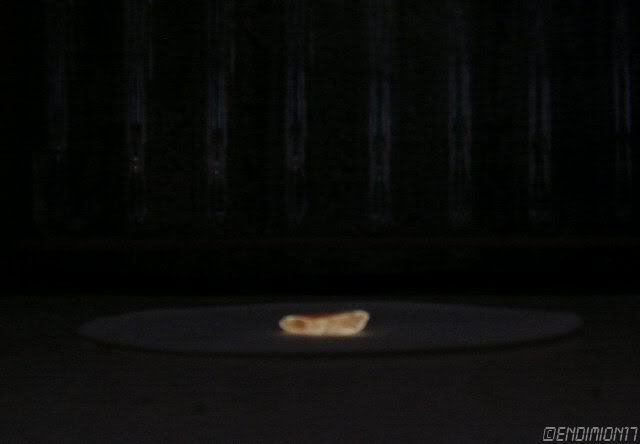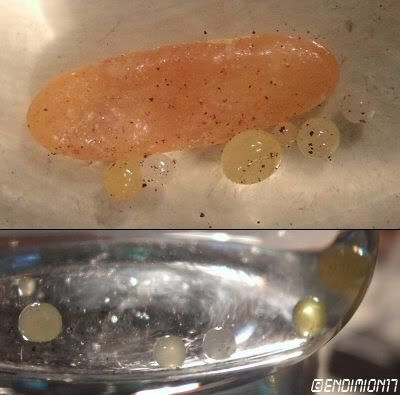


| Quote: |





 !!
!!

 Thanks for your reply. I will definately try some microscale... but I think
everything would be better if we all just distilled 60 buckets of pee with some sand and carbon.
Thanks for your reply. I will definately try some microscale... but I think
everything would be better if we all just distilled 60 buckets of pee with some sand and carbon.




Quote: Originally posted by vr6t4dr  |
Quote: Originally posted by 1911  |
Quote: Originally posted by 1911  |
Quote: Originally posted by peach  |
Quote: Originally posted by SNiko9  |
Quote: Originally posted by Chemistry Alchemist  |
Quote: Originally posted by SNiko9  |
Quote: Originally posted by Chemistry Alchemist  |
| Quote: |
 is available as water
softener from fabric and dyeing supply. finely powdered reactants work best and be sure to dry everything in the oven prior to starting the reaction
to reduce the amount of phosphine PH<sub>3</sub> produced.
is available as water
softener from fabric and dyeing supply. finely powdered reactants work best and be sure to dry everything in the oven prior to starting the reaction
to reduce the amount of phosphine PH<sub>3</sub> produced.Quote: Originally posted by shannon dove  |
| Quote: |
Quote: Originally posted by AndersHoveland  |
Quote: Originally posted by blogfast25  |
Quote: Originally posted by shannon dove  |
Quote: Originally posted by bahamuth  |
Quote: Originally posted by shannon dove  |
Quote: Originally posted by shannon dove  |
Quote: Originally posted by shannon dove  |
Quote: Originally posted by shannon dove  |
Quote: Originally posted by shannon dove  |
Quote: Originally posted by blogfast25  |
Quote: Originally posted by neptunium  |
Quote: Originally posted by neptunium  |
Quote: Originally posted by Magpie  |
 .
.Quote: Originally posted by Vikascoder  |
Quote: Originally posted by shannon dove  |
Quote: Originally posted by White Yeti  |
Quote: Originally posted by CrEaTiVePyroScience  |
| Quote: |
Quote: Originally posted by Zan Divine  |
Quote: Originally posted by White Yeti  |
Quote: Originally posted by Magpie  |